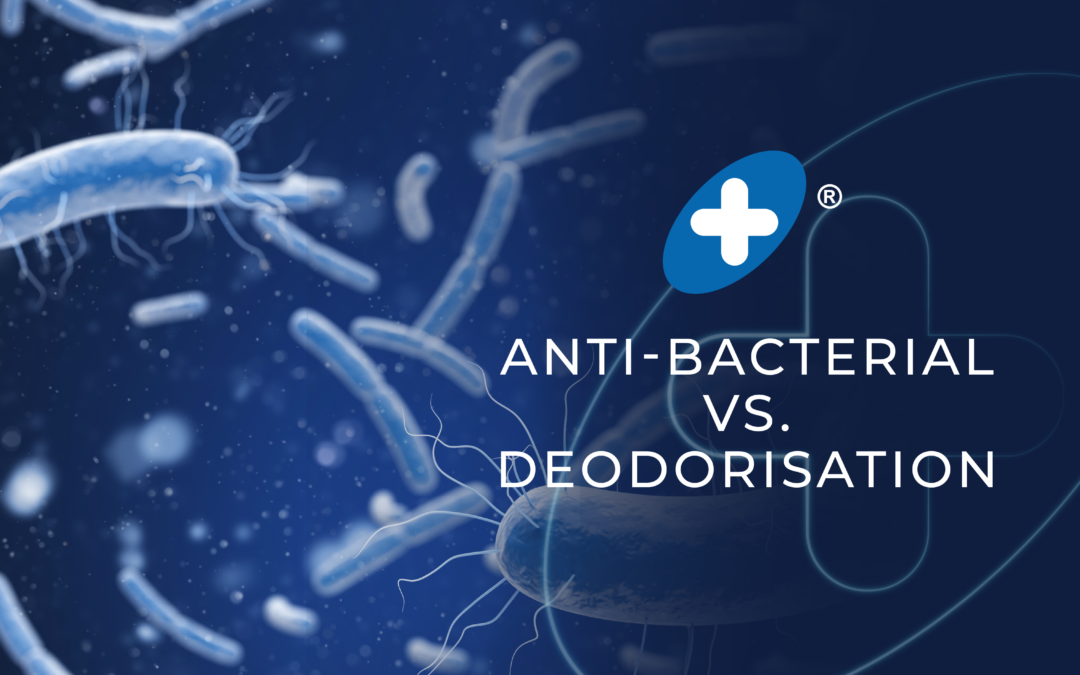In recent times, there has been a surge of interest in naturally derived non-bio based “deodorisation” treatments for textiles. These treatments are specifically designed to reduce the unpleasant odors that can develop on textiles due to bacterial growth. Whilst it may seem logical to assume that a treatment inhibiting the growth and proliferation of bacteria would effectively diminish bacterial-related odors, modern testing often challenges this hypothesis. As a result, product developers are mistakenly assuming that anti-bacterial and deodorisation treatments can be used interchangeably.
However, it is crucial to recognise that anti-bacterial treatments and dedicated deodorisation treatments are not necessarily equivalent in their performance. Each serves a distinct purpose, which can be summarised as follows:
1. Anti-Bacterial: These treatments are designed to inhibit the growth of bacteria, promoting increased hygiene levels and reducing product degradation caused by microbial attack.
2. Deodorisation: On the other hand, deodorisation treatments focus on neutralising the gases released by bacteria, which are responsible for generating unpleasant odors.
Understanding the difference between these two treatment types is of paramount importance for effective product development. If enhanced hygiene is a desired benefit for your customers, achieving excellent deodorisation results may not necessarily fulfill that goal. In such cases, it might simply indicate that the bacteria on the textile are left to proliferate while only the gas emitted by the bacteria is neutralised.
To illustrate this point further, let’s consider the example of toweling. Given the practical constraints of washing body towels after every use, we often dry them off and hang them back up in our warm, humid bathrooms for subsequent use. In such scenarios, durable hygiene treatments like anti-bacterials prove more suitable than simple deodorisation treatments. Whilst deodorisation may eliminate the bacterial gas odor, it also eliminates our ability to detect microbes, such as bacteria. Just as we use pain as a signal to withdraw our hand from a hot surface, our sense of smell helps us determine when things are dirty or contaminated. Deodorisation, though it eliminates the odor, compromises our ability to perceive the presence of bacteria.
Understanding of testing protocols and product treatment differences, empowers product developers to make informed decisions regarding the selection and application of appropriate treatments that provide consumers with truly desirable benefits.

